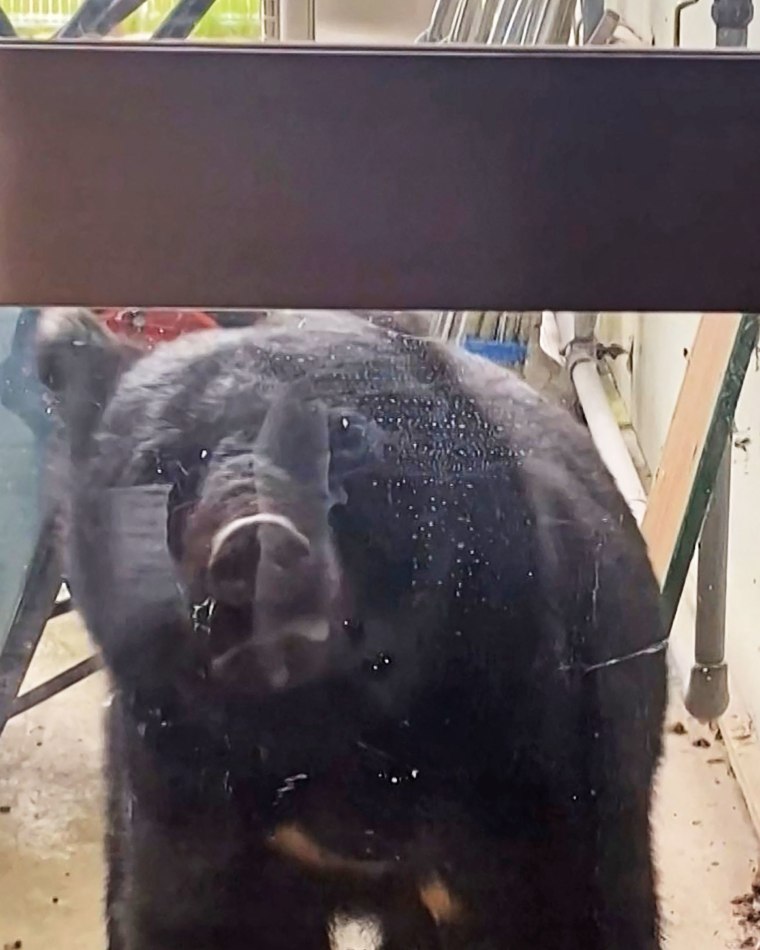Beware bear attacks in Japan

Beware the bears: that’s the grizzly warning from the U.S. Embassy to Americans living in Japan, after a record spate of attacks in recent months.
“Bear sightings and attacks have increased in parts of Japan, especially in municipalities close to or adjacent to populated zones,” the wildlife alert said, adding that Americans should “be aware of your surroundings.”
It added that they should “report sightings to local authorities” in Japan where been have attacked around 100 people in the country since April and killed at least 13, according to the country’s environment ministry, the highest toll in over 10 years.

The attacks have taken place near populated areas, primarily in the mountainous north, occurring near supermarkets, bus stations, schools and even a hot springs resort.
The embassy noted the closure of Maruyama Park in the northern city of Sapporo, which is adjacent to the U.S. Consulate General, and was shuttered for two weeks on Tuesday after a brown bear was sighted there on a number of occasions.
The runway at the Iwate Hanamaki Airport in the northeastern Japanese city of Hanamaki was also temporarily closed down after bear was spotted there, the airport said on X.
With local authorities struggling to cope, the military stepped in at their request earlier this month to help out in Japan’s northern Akita prefecture.
Armed with bear spray and shields, troops from the country’s Self Defense Force will help carry and set steel-barred box traps to capture the bears, transport local hunters who then shoot them and help dispose of the bodies.
“We recognize that the harm caused by bears is in a critical situation,” military commander Yasunori Matsunaga said at the time.
Experts believe the bear population is growing because they have more habitat as people move to cities from rural areas. Climate change has also been cited as a factor because of its effect on food supply and hibernation patterns.

Japan is home to two main types of bears, including the Asiatic black bear and the Hokkaido brown bear.
It is uncommon for the U.S. to issue wildlife alerts in a foreign country. Japan currently has a Level 1 travel advisory, the least serious on a four point scale, indicating that travelers should “exercise normal precautions.”
